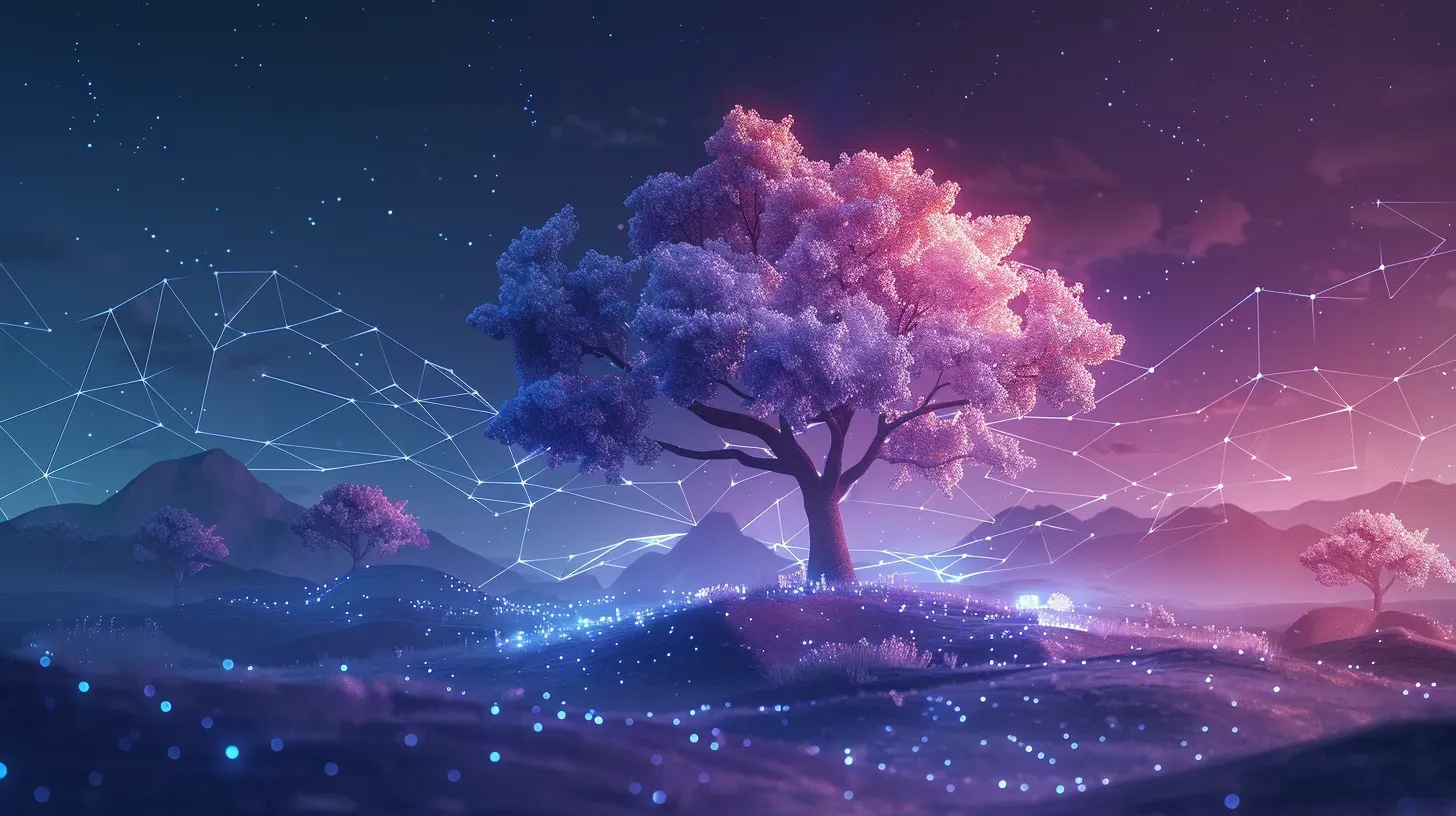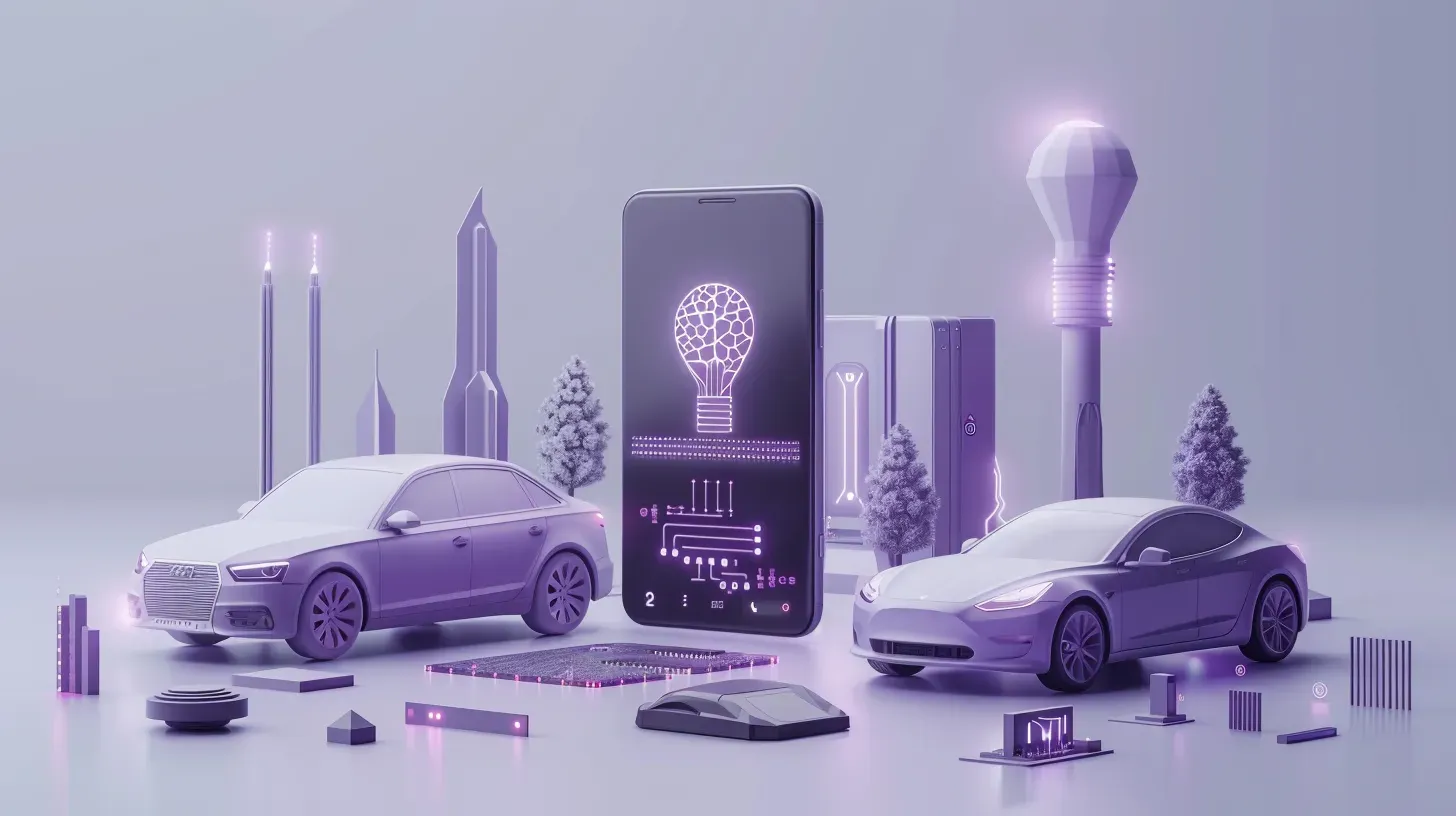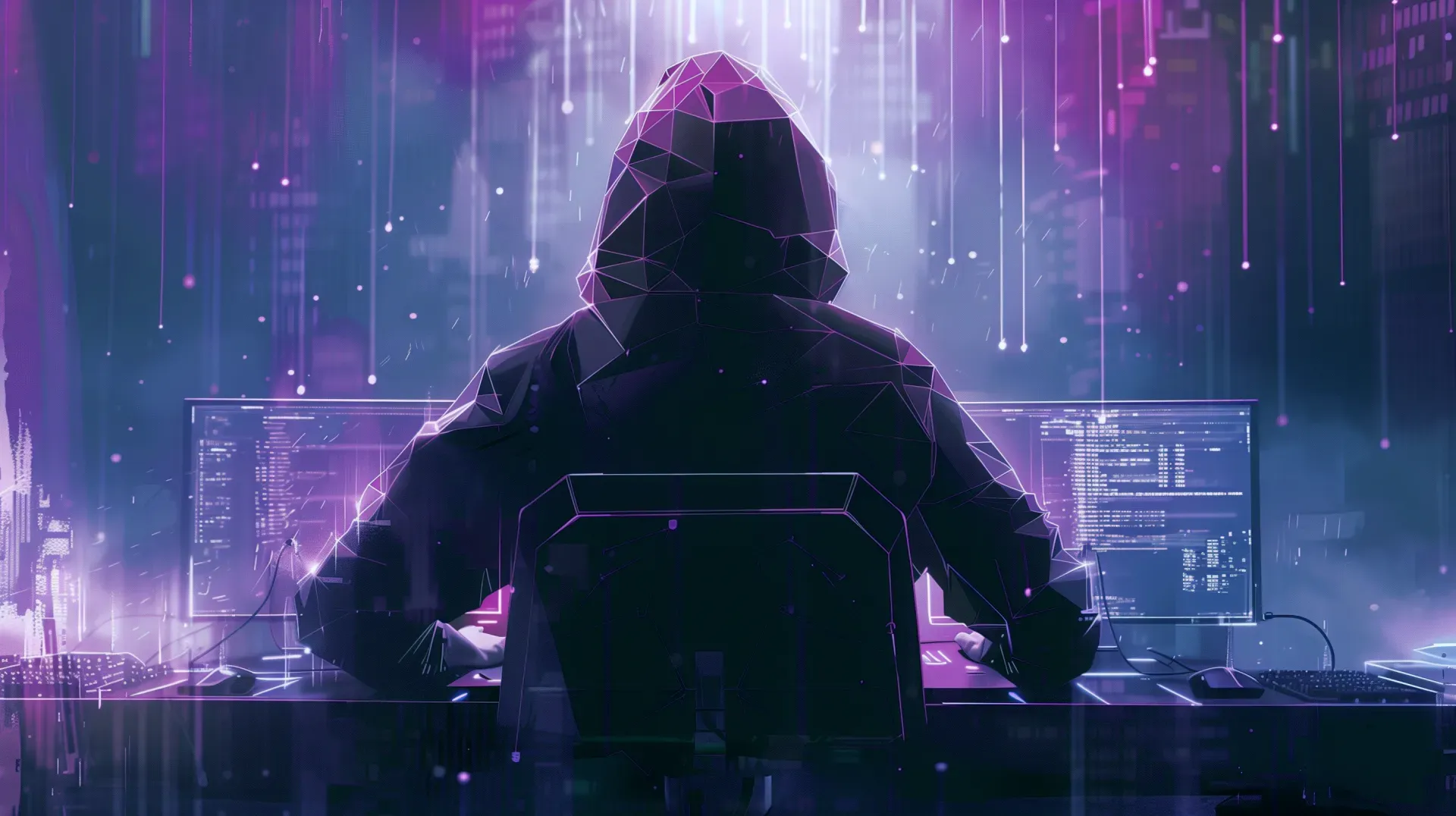Top 10 Technology Trends for 2023: The Year of Digital Disruption
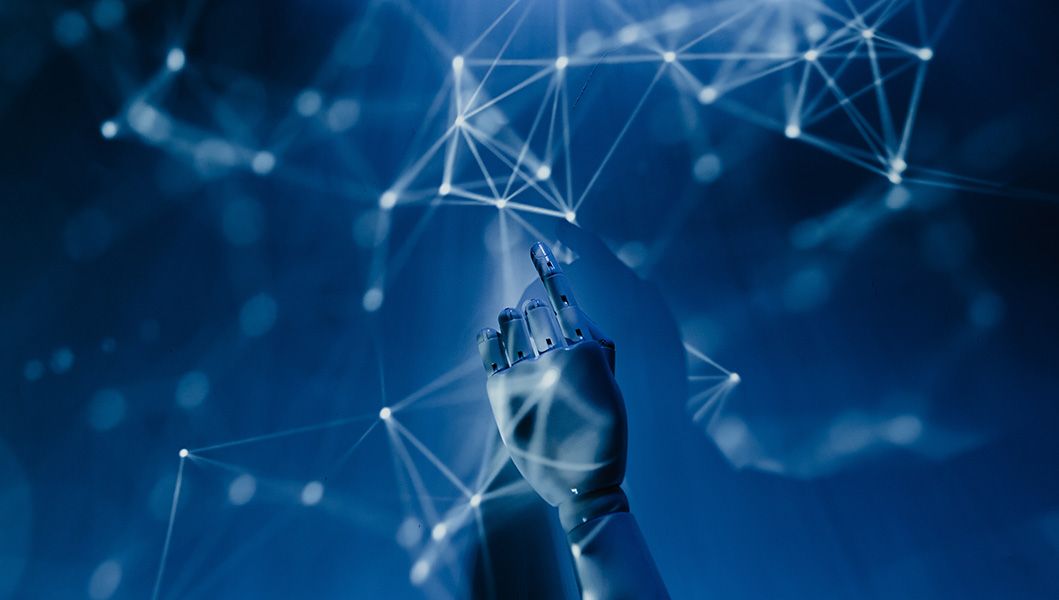
Every year, as a futurist, I look back at last year to reflect on last year's trend prediction, and I make new technology predictions. Last year, I coined 2022 the Year of Decentralisation. I forecasted that 2022 would see the dawn of the metaverse, which would get ready for mass adoption. Although the metaverse was everywhere in the news, an open metaverse is still far away. The second trend I forecasted was a Cambrian Explosion of AI. This certainly happened with the explosion of Generative AI tools currently available on the market.
My third trend prediction was around the war on talent, and with the world coming out of Covid, unfortunately, many companies struggle indeed with finding the right talent. Decentralised Finance was my fourth trend for 2022, and while we have seen some great use cases in this field, it did not take off as I expected, mainly due to the crypto winter we are currently in. Finally, I foresaw a new approach to security, and although a lot of progress has been made in this area, there are still massive challenges, as we will see in my 2023 technology predictions.
Top 10 Technology Trends 2023: Digital Disruption
As digital technologies will converge in the coming year and cause more disruption in all levels of society, I have dubbed 2023 the Year of Digital Disruption.
As the pace of technological and social change accelerates, it becomes more important than ever to develop the ability to predict which innovations will have the most significant impact on business. Forward-looking businesses have always sought competitive advantage through their ability to identify and implement cutting-edge technology, but with technology becoming so disruptive, this has become more important than ever. Adapt and embrace this digital disruption or go home.
Please note, this is a summary for a much larger deep dive into ten technology trends that will define 2023, which you can download for free.
Here are my top ten technology trends for 2023.
Trend #1: VR will move from winter to spring, with Apple joining the game.
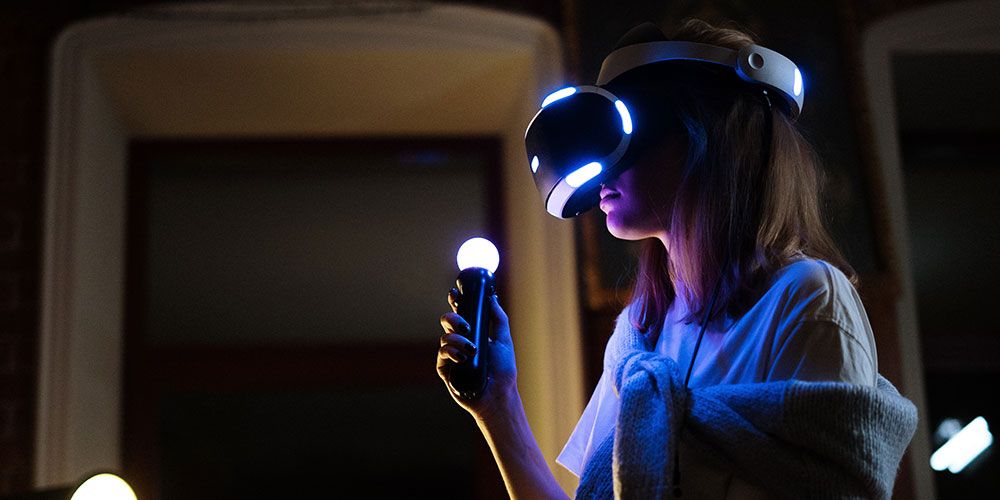
Virtual Reality (VR) is expected to see significant growth in 2023, with 18.8 million VR headsets and other AR/VR devices being shipped worldwide, according to Magnopus. This growth is being driven by advancements in technology that are making VR more accessible and affordable for consumers.
Apple is set to enter the VR market in 2023 with a standalone headset, which could be a game-changer for the industry and help drive adoption of VR among consumers. It is also expected to help boost the development of apps for AR platforms such as ARKit and ARCore.
VR is predicted to be worth over $28 billion by 2023, with Apple's entry into this high-growth market expected to contribute to this growth. In 2023, we can also expect VR and AR headsets to become better, lighter, more comfortable, and cheaper, with the exception of Apple's headset, which is rumored to be priced at around $2,000.
These developments are good news for game and non-game developers, who now have a larger market to target. Applications utilizing position tracking, eye-tracking, and facial expression tracking will drive this growth, as well as the integration of VR and AR into the broader Internet of Things (IoT) ecosystem.
Trend #2: Blockchain is here to stay, and Non-Fungible Tokens are a crucial innovation.
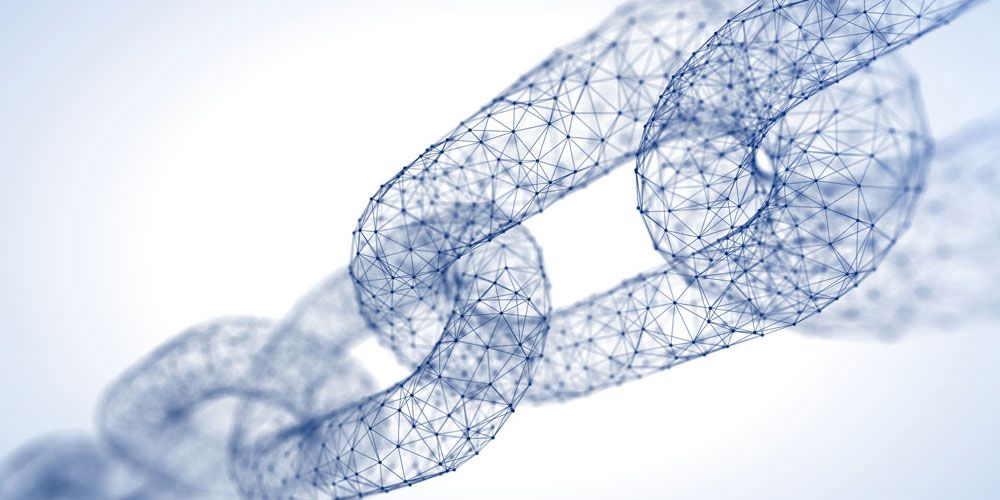
Non-Fungible Tokens (NFTs) are a crucial innovation in blockchain technology and are here to stay. NFTs are unique digital assets that can represent real-world items or digital assets, such as fashion items or wearables in the metaverse.
They have become popular with developers as they allow them to create unique digital representations without physical counterparts, and they have several advantages over traditional assets, including greater liquidity, transparency, and lower barriers to entry for investors. Unfortunately, there have also been a lot of challenges with NFTs, which will need to be resolved before NFTs can become mainstream.
In May 2022, the NFT market was valued at approximately $3 billion and is projected to grow to $113 billion from 2023 to 2027. In 2023, NFTs will grow in importance in the gaming industry as developers adopt them and look to integrate their businesses with other blockchains to expand their reach. This will create new opportunities for NFT start-ups like OpenSea.
In addition to NFTs, the concept of "soulbound tokens" is expected to become more popular in 2023, as they allow digital items to be permanently linked to a specific user and prevent them from being traded or sold. To illustrate how important Soulbound NFTs could become in the near future, the second-largest bank in Japan, Sumitomo Bank, plans to use soulbound tokens for identity verification during the first trimester of 2023. In 2023, we can expect to see educational and financial companies experimenting with this new type of token before becoming more mainstream in 2024.
The growth of NFTs in 2023 will also be driven by the increasing adoption of dynamic NFTs (dNFTs), which are NFTs that can change over time based on external factors and data sources. In 2023, we will see the luxury industry adopting dNFTs to provide consumers with a more personalised, engaging, and secure shopping experience.
In order to facilitate the growth of NFTs, it will be important for industry standards to be established and for there to be a clear framework for their use. With new token standards, the amount of data that smart contracts need to access continues to grow. As such, blockchain oracles will become increasingly important in 2023.
Trend #3: Web3 Progress Report: from Proof-of-Concept to Alpha
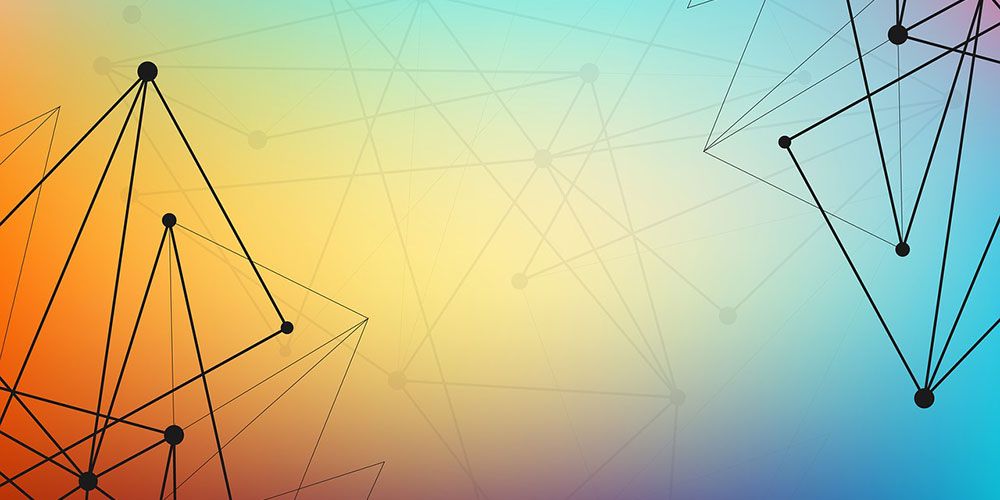
Web3 has made significant progress over the last few years, and the industry is ready for more than just Proof of Concepts. In 2021 and 2022, more companies began using blockchain as a ledger for their businesses, and there will be more mainstream adoption in these areas in the coming year.
However, there are still many challenges facing this technology, including scalability, and Web3 has not yet reached its full potential. The UX/UI of Web3 is also improving and moving from the Proof of Concept phase to Alpha, allowing more users to interact with decentralised applications.
Big Tech companies may try to prevent Web3 from becoming the new infrastructure of the internet. Apple's decision to charge a 30% tax for purchases related to NFTs in the App Store is a perfect example of this. Apple does not accept payments through cryptocurrencies and does not want to give up its power. Another example is the strategic partnership between Google and Coinbase to launch a pilot program to enable crypto payments and expand the current Web3 ecosystem.
However, the Web3 community will continue to develop the technology. Web3 solves many issues with the current internet, including centralization, control by a few companies, insecurity against attacks, censorship, slow loading times, and an unsustainable monetization model, by using decentralised technologies such as Ethereum to store data instead of traditional servers.
In 2023, we can expect to see more mainstream adoption of Web3, as well as an increase in the number of Web3 products and services available. However, it is important for industry standards to be established and for there to be a clear framework for their use.
In the end, we, the consumers, decide which direction the internet will take; a centralised controlled by Big Tech or decentralised controlled by the people. As the technology continues to develop in 2023, consumers have to become aware that they can vote with their data and directly influence the direction of the internet.
Trend #4: How language models will change online content in the next 12 months.
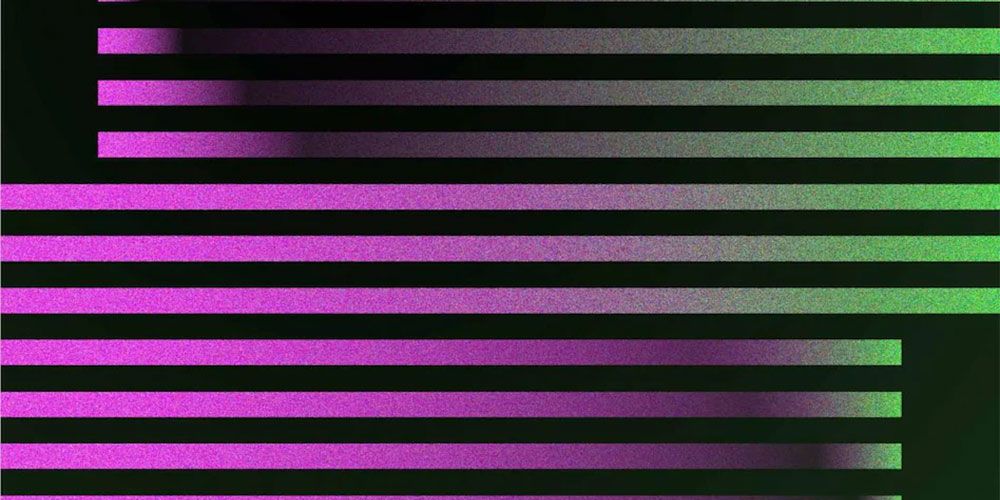
In 2023, we can expect significant advancements in language models and their application in various industries. ChatGPT, a language-generation program developed by OpenAI, has received praise for its advanced capabilities and ease of use in fields such as customer service and market research. It is the technology I used to write a book in just five days: Future Visions.
The technology behind ChatGPT, which was trained on large amounts of text data, has the potential to revolutionize natural language processing and much more. The most important trend that we see ahead is that the language models used by search engines and chatbots will become significantly larger and better. For instance, developers at Neeva—considered the world's first ad-free and private search engine—created a set of language models for an innovative search engine that guarantees greater security and privacy by not tracking your online activity for ads.
ChatGPT's wide-ranging understanding and responsive exchange with users are unprecedented, leading some to suggest that it could revolutionise technology as we know it today. Some experts believe that ChatGPT’s advanced capabilities in fields such as customer service and market research will be valuable to companies.
The launch of GPT-4 in 2023 is anticipated to further enhance ChatGPT's capabilities. You might hear conflicting news on GPT-4 consisting of 100 trillion parameters and only focusing on code generation—but they are all just speculation at this point. However, we can expect the new version of the model to have better security, less bias, higher accuracy, and improved cost-efficiency.
Also, Google is moving ahead with large language models. Recently, Google announced an ambitious new project to develop a single artificial intelligence language model capable of supporting the world’s 1,000 most spoken languages. Towards this goal, the company has released an artificial intelligence model trained to understand speech in over 400 languages—a broader range than is common for today’s AI models.
In 2023, language models will become increasingly accurate at understanding natural language input from humans and answering complex questions, making voice marketing more important in the coming year. However, it is important to note that there are limitations to ChatGPT and other language models, and their potential impact on society and employment will need to be carefully considered.
Trend #5: Generative AI will drive the metaverse: What lies ahead?
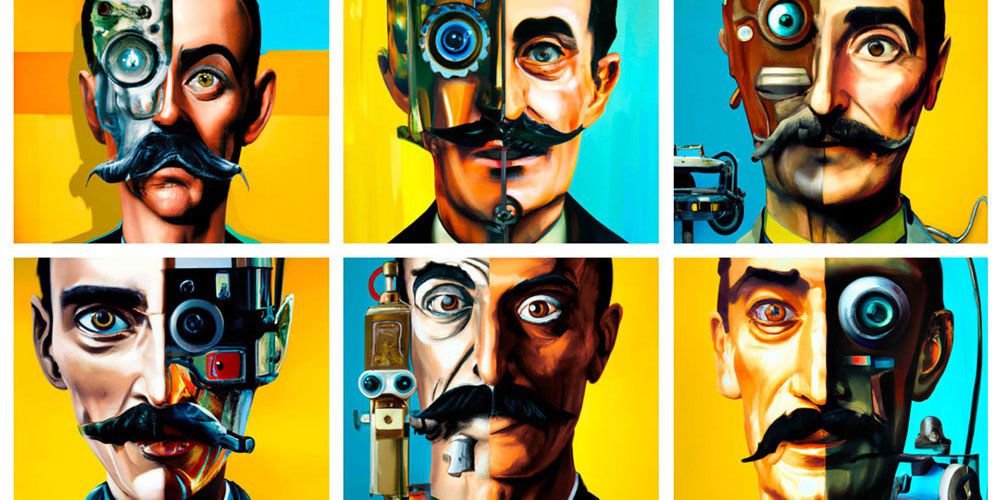
In 2023, generative AI will become increasingly important in driving the development of the metaverse, an immersive, 3D internet where we move from actively making a decision to go on the internet to being in the internet. In this convergence of the physical and the digital, Generative AI could be the perfect tool to create the most incredible digital assets and 3D environments to build realistic virtual worlds and engage within the metaverse.
Tools such as text to image (T2I), text to video (T2V), text to motion (T2M) or text to virtual world (T2W) will allow users to convert text into pictures, videos, animations or entire virtual worlds using machine learning techniques.
Companies such as Prisma and Magisto have already developed algorithms for T2I, while OpenAI's DALLE-2 and Stable Diffusion are examples of T2I tools that can create realistic images and art from natural language descriptions. I used Stable Diffusion to design the cover of my new book.
Some examples of startups using T2V are Lumen5 and Steve.ai. One of the features they offer is adding a script or blog post URL from your website, which the software then uses as input to generate a new video in just seconds. In 2023, Generative AI tools will definitely become more sophisticated and accessible to marketers who no longer need to hire a team of video editors or videographers to create engaging social media content or promotional videos for their products or services.
Animaker is an amazing software that allows you to transform any text into original animations and has been used by world-renowned companies such as McDonald's, Visa, and Bosch, to name a few. In addition, Nvidia recently released a tool to create 3D assets simply by giving a text input.
In 2023, Generative AI and synthetic media will continue to make it easier for everyone to create their own digital experiences. This will also open many opportunities for the metaverse. The second decade of the 21st century will see our expectations of what it means to be human challenged by machines that can think, learn and even create. Generative AI will enable creative interactions between humans and machines, allowing us to work together in ways we never imagined.
Moreover, as Generative AI continues to be improved, it will change how we interact with computers. To date, most of our interaction with technology has been through touchscreens or voice commands — limited interactions that provide us with access to information or services at the expense of physical interaction or emotional engagement. In 2023, we will start seeing more devices and applications that allow us to interact with AI in new ways — by creating content through generative algorithms, for example — which will have massive implications for all aspects of life.
Trend #6: Blockchains to become more sustainable, except Bitcoin's.
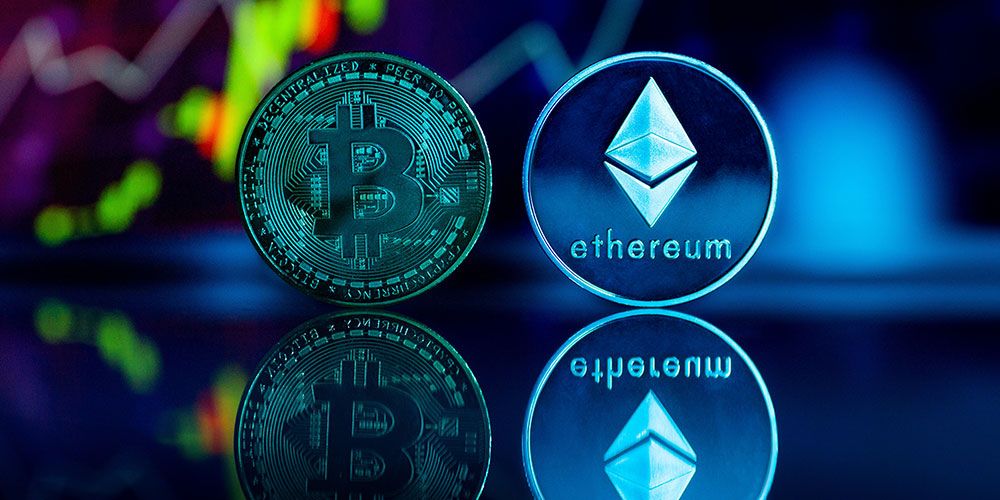
Blockchain will become more secure and transparent. With the rise of quantum computing and AI, blockchain networks may need additional security against quantum attacks.
Blockchains will become interoperable with each other. As smart contracts become more common in everyday use cases, we will see them being used on multiple blockchains at once.
In the next 12 months, we can expect to see significant progress in the sustainability of blockchain technology. The Proof of Work consensus mechanism, which is currently used by Bitcoin, is unsustainable and consumes a large amount of energy.
To make blockchains more sustainable, we need to find ways to reduce the energy consumption associated with maintaining these public ledgers. Alternatively, we could use those computations for something useful, similar to the CAPTCHA — however, I do not foresee this happening with Bitcoin any time soon.
Alternative consensus mechanisms such as Proof of Stake and Proof of Authority are more sustainable and are being adopted by projects such as Cardano and EOS. The Ethereum community has also made significant progress in this area with the implementation of The Merge, which moves the Ethereum network to a Proof of Stake consensus mechanism. However, The Merge is only the first step in a long roadmap to improve Ethereum.
Thanks to this initiative, the Ethereum network is now powered by PoS, and this new method has significantly reduced the platform's energy consumption by 99.9%.
In 2023, I expect to see greater adoption of sustainability-focused systems in the digital environment, with governments and regulators setting standards for environmental impact and using blockchain systems to monitor compliance. This will benefit businesses by providing clear expectations for emissions and will also benefit the planet by streamlining business processes.
Trend #7: Digital Illiteracy: A rising concern in the digital age.
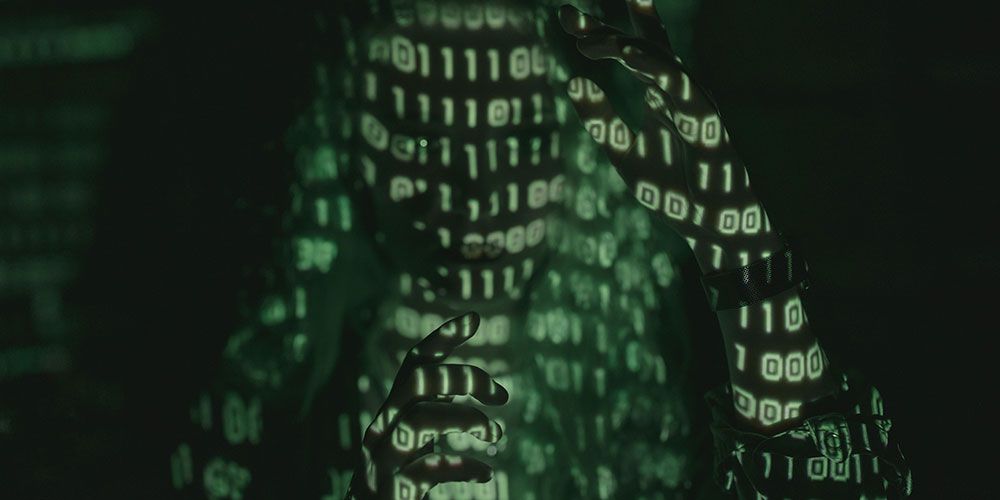
In 2023, digital literacy will continue to be a major concern as technology becomes more advanced and integrated into our daily lives. In fact, this generation may be the last generation that can survive without being digitally literate.
Digital illiteracy can lead to problems in the workplace and can be a barrier to adapting to new technologies. Those who are digitally literate are better equipped to handle change and adapt well to new technologies, while those who are not digitally literate will struggle to survive in today's world. This trend will continue as technology becomes more advanced and integrated into our daily lives.
A 2020 survey by The Boston Consulting Group revealed that 26% of people say they find it difficult to cope with or keep track of technology in the workplace and would like some help learning how to use it properly. In 2023, there will be no more excuses for not having digital skills, whether you are a business person or an individual. People must understand how technology works to operate in this new environment.
To improve digital literacy, individuals can get involved in coding clubs or education programs, learn basic HTML and CSS skills, and experiment with different applications and technologies. Employers should invest in training their staff to use new technologies and systems effectively, and also educate them on the potential impact of emerging technologies like AI in the workplace.
The digital divide, the gap between those who have access to and can effectively use technology and those who do not, will also continue to be a major concern in 2023. Governments and organizations should work to address the digital divide through initiatives like providing access to technology and digital literacy training to underserved communities.
In 2023 and the following years, we will see a larger emphasis on digital literacy in business and our personal lives. Digital literacy will move from basic computer skills to being comfortable with advanced technologies such as generative AI or Decentralized Finance. Knowledge of these digital tools will become essential in more aspects of life.
Trend #8: Cybersecurity threats will cost trillions in damages by 2023.
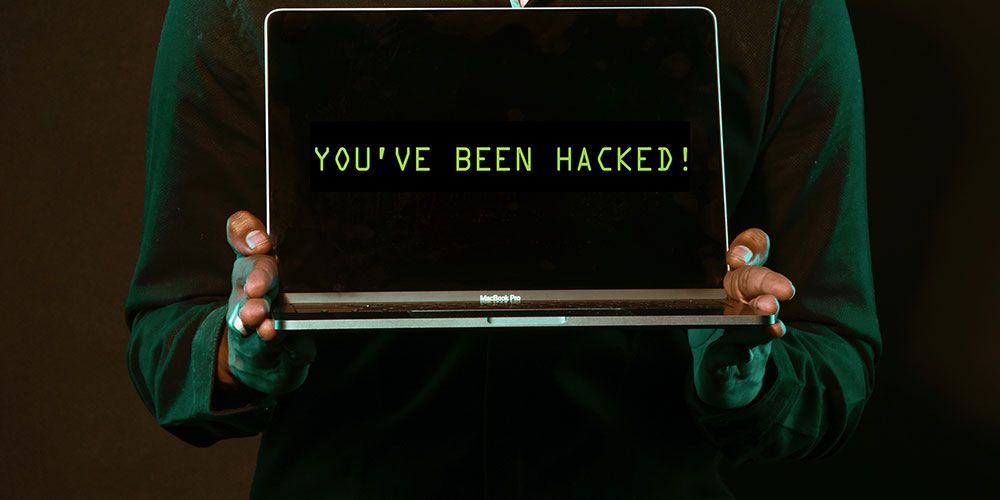
As technology continues to advance, cyber security threats will become more prevalent and costly. As more and more organisations have become digital, many have forgotten to close the gates properly. This has led to data loss, theft, fraud, ransomware attacks etc., which caused significant losses along with reputational damages.
Major data breaches such as those experienced by Optus and Medibank in Australia have highlighted the vulnerability of organizations to cybercrime and the potential for significant losses and reputational damage. By 2023, it is estimated that cybercrime will cause $8 trillion in damages globally.
These attacks will target not only personal computers and mobile devices, but also smart devices such as smart TVs and smart lightbulbs. Cybercriminals are increasingly adopting artificial intelligence to automate the process of finding vulnerabilities in software systems and exploiting them for financial gain.
To protect against these threats, it is crucial for organizations to invest in cyber security measures such as employee training, encryption, and regular software updates. Individuals can also protect themselves by being vigilant against phishing emails and keeping their personal information private.
As the use of technology continues to expand, it is important for both organizations and individuals to prioritize cyber security to ensure the safety of their data and systems. In 2023, cybersecurity will become more essential than ever.
Trend #9: Robotic Processing Automation (RPA) will move to the fore and make organisations more humane.
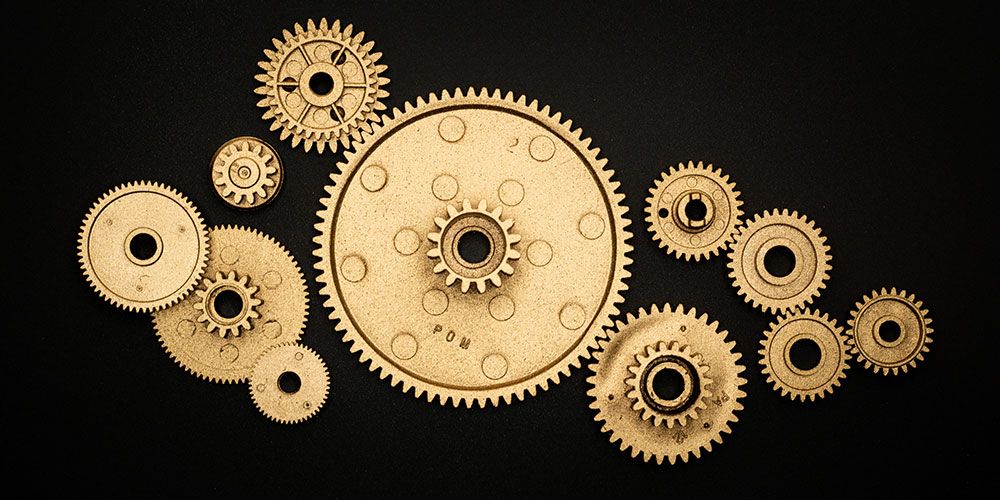
According to a report by Intelligent Automation Network, in 2023, 35% of companies plan to adopt Robotic Processing Automation (RPA) and 54% plan to invest in it. RPA is a subset of Artificial Intelligence (AI) that uses software robots to perform high-speed and accurate electronic form processing and data entry tasks. Using drag-and-drop interfaces, RPA makes automating tasks simple for everyone.
It has been around for some time, but adoption has been slow due to the high entry cost and complexity of implementation. However, advancements in AI are making RPA more accessible and cost-effective for smaller organizations. Companies like UiPath have been offering solutions for over a decade, but adoption has been slow due to the high entry cost and complexity of implementation.
RPA can help with the growing demand for automation in large enterprises, free human resources for higher-value tasks, reduce costs by eliminating human error and increasing efficiency, handle repetitive tasks that are difficult or impossible for humans to do accurately, and is easy to set up and use.
In 2023, we can expect RPA to become more efficient, powerful, and widespread. Generative AI could play an important role here. With the increasing awareness of how technology can enhance productivity without necessarily replacing a human workforce, RPA has potential to enable organizations to create a more humane work environment thanks to increase human-machine collaboration.
Trend #10: Sustainable technology will be a priority for brands and consumers.
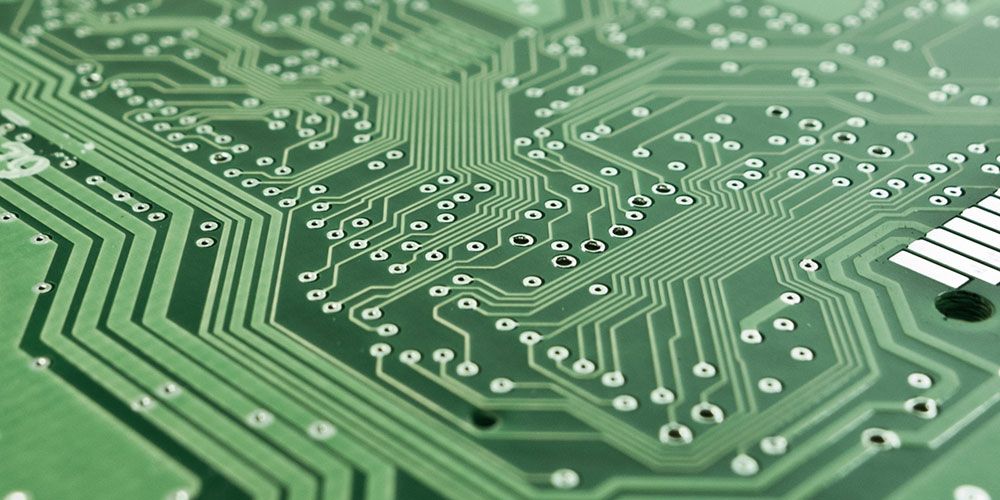
In 2023, sustainable technology will be a priority for both brands and consumers as companies seek to improve the sustainability of their products and services and reduce their impact on the environment.
This trend is driven by a recognition that sustainability is not just about cost-saving, but also about improving brand image and creating happier customers who feel less concerned about their impact on the environment when making purchasing decisions. Companies such as Microsoft (using a diversity of renewable energy sources) and L’Oréal (which is partnering with climate tech company BreezoMeter to develop a personalised beauty platform that accounts for users' exposure to external environmental hazards) are already taking steps towards sustainability, using technology to reduce their carbon footprint and develop eco-friendly products.
Sustainable tech products and services being developed by startups include Patch, which helps businesses reduce their carbon footprint, Pachama, which uses AI and satellite imagery to identify reforestation projects that store carbon, and ClimateAI, a global climate resilience platform.
There are a range of sustainable tech products and services available, including renewable energy sources, pollution control devices, and efficient transportation solutions. In addition to the environmental benefits, adopting sustainable technology can also improve a company's brand image and customer satisfaction.
In 2023, we can expect to see a greater focus on sustainability driven by more sustainable digital technologies as consumers and companies prioritize environmentally-friendly products and practices.
Summary: The Year of Digital Disruption
I believe that, by 2023, we will again see increasing digitisation of the economy, which is to say, increased integration between machines and humans. While many think of AI as an aspect of robotics—and it is—the major breakthrough with artificial intelligence has been in software, which can be implemented almost anywhere in the digital world. The increasing digitisation of all aspects of our lives over the next decade will thus be a key driving force behind the growth of AI.
The above trends are just a summary of how technology will impact organisations in 2023. The full report can be downloaded for free in this eBook on the technology trends for 2023, at the top right of this page for free.
Technological advancements like machine learning and artificial intelligence will become more prevalent as computing advances. The Internet of Things will help streamline everyday life while also helping to manage data in new and innovative ways. Autonomous vehicles, too, will enable easier navigation of town and country alike. Perhaps the most significant trend of all is that our lives will gradually be integrated with technology in more seamless and broadly accepted ways.
In these ten trends, the general direction is clear: more opportunities for consumers, more chances to connect with other users, and more opportunities to develop better products and services.
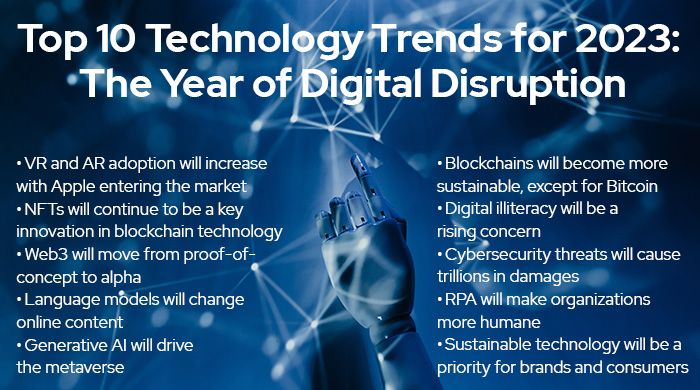
In 2023, we can expect an acceleration in the use of technologies within our business and our private lives. VR will become more advanced and might see its iPhone moment with Apple joining the game. NFTs and Web3 will continue to evolve, and more advanced language models will disrupt the content industry. With that, generative AI will drive the metaverse, which will hopefully be an open metaverse driven by more sustainable blockchain technology. All these new technologies will require consumers and employees to become digitally literate, if anything, to prevent even more cybercrime. Finally, RPA will make our jobs much easier, and ClimateTech will hopefully make it greener.
With the developments of technology accelerating and touching more of our lives, it will disrupt more jobs, businesses, and economies. Therefore, 2023 will be the Year of Digital Disruption. Those consumers, organisations and governments that embrace this disruption will do well; those that oppose it will face harsh times. In a world that is changing so fast, it is best to be flexible and adaptive.



